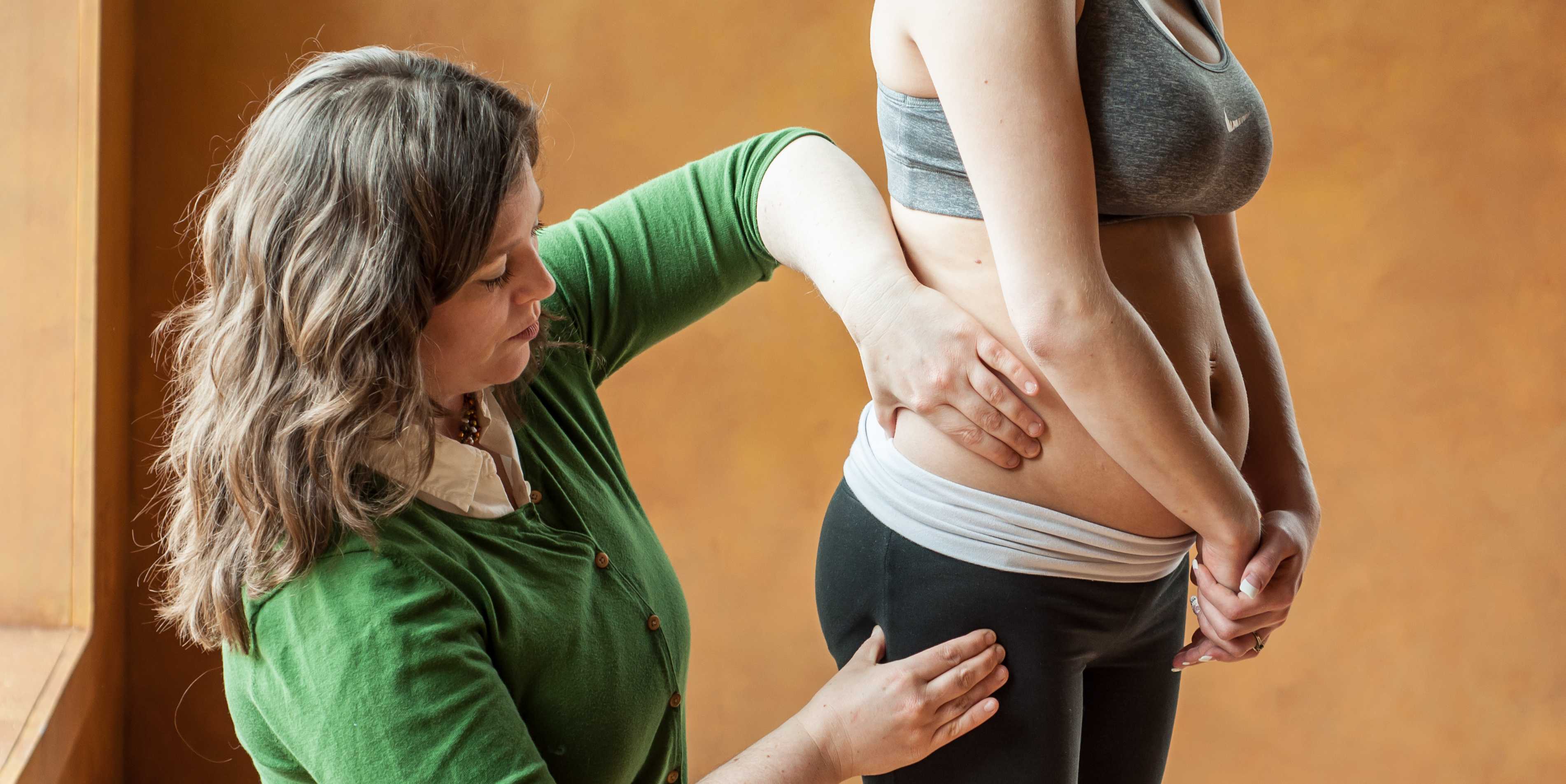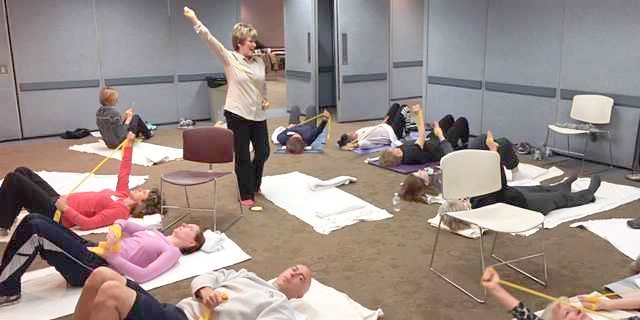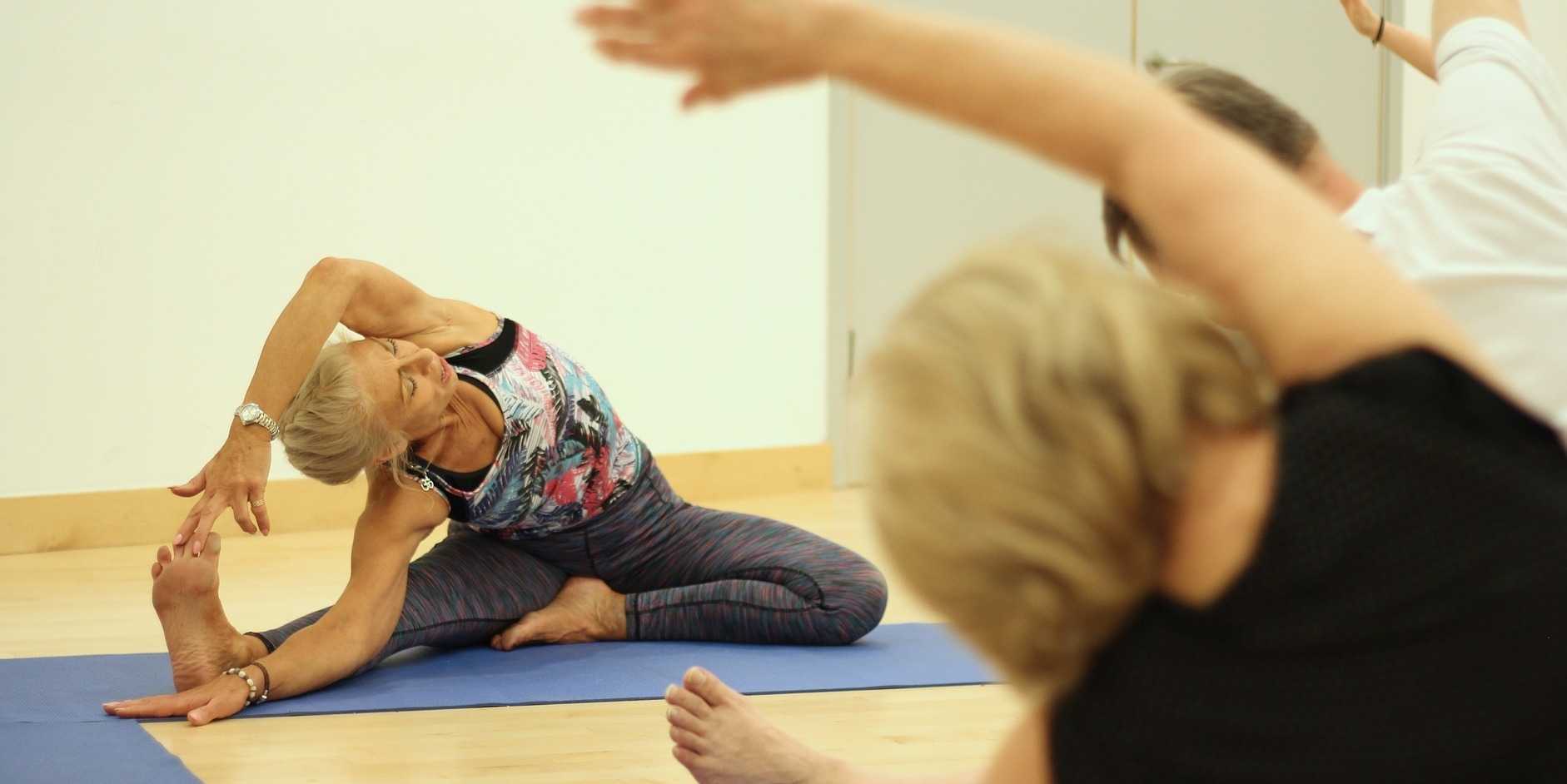
Regular exercise during pregnancy offers health benefits to both the mother and baby. However, existing evidence suggests that despite being beneficial, the current recommendations of exercise are not being met by many women during pregnancy (Downs 2003, Rebelle 2022). A reason for this could be a lack of guidance. A study by Nascimento showed that less than half of women receive exercise guidance during prenatal care meetings, and nearly half of exercising women stop their participation in exercise during pregnancy.
The American College of Obstetricians and Gynecologists (ACOG) Guidelines of 1985 are still commonly recommended to patients with a hard cut-off of 15 minutes of exercise and a heart rate of 140. However, there has been a significant shift in the mindset of professionals advocating for continued exercise in pregnancy. A hard cut-off for heart rate is difficult to adhere to as maternal heart rate and cardiac output both increase in pregnancy (Tan 2013), and in 2020 the ACOG updated its Guidelines to recommend using both the BORG RPE scale and maternal heart rate. Exercise intensity should be perceived as fairly light to somewhat hard on the Borg Rating of Perceived Exertion (RPE) scale, which ranges from 0 (which is no exertion) to 20 (which is maximal exertion). An easy and practical way to monitor intensity is with the Talk Test.
The current ACOG recommendations encourage 150 minutes of moderate aerobic activity per week during pregnancy and allow for prior levels of physical activity to be continued with OB approval in the absence of medical complications and contraindications. Those initiating exercise in pregnancy need to start slowly with 5 minutes of activity per day and increase slowly by 5 minutes weekly until they are able to exercise 30 minutes per day. Contact sports, activities that may carry a risk of falling or cause the body to become overheated, skydiving, scuba diving, and activities at over 6000 feet are not encouraged during pregnancy (Gascoigne 2023, ACOG 804 opinion).
Running is one way of maintaining exercise during pregnancy, however, many runners discontinue running during pregnancy. In one study, it was found that half the participants who ran before pregnancy reported stopping during pregnancy. During a 2022 study, pregnant runners shared reasons they stopped running, including nausea, fatigue, fear of miscarriage, anxiety, nervousness, and fear. Other factors included discomfort related to baby size and position, along with symptoms of pelvic floor dysfunction (James 2022). Current data suggests that the benefits of regular physical activity in an uncomplicated pregnancy include the possibility of increased uteroplacental blood flow at rest (Clapp 2006), a positive effect on the fetus’s autonomic cardiac regulation (Son 2020), a reduction in the risk of postpartum depression (Vargas- Terrones 2019), and a positive influence on neuro and language development in the first 18 months of age (Nino Cruz 2018).
Gait biomechanics change significantly in pregnancy with a wider step width, reduced hip flexion and extension, decreased stride length, and reduced trunk ROM commonly observed. A lot of these changes are thought to be in response to changes in the center of mass/center of gravity and to maintain balance. Increased ankle stiffness is also noted but is thought to actually have beneficial effects on balance during pregnancy (Conder 2019). Not a lot of research has been conducted on the actual kinematics exhibited by pregnant runners, however, there was a recent study that showed pregnant runners not only run slower but also have decreased trunk and pelvic rotation with increased activation of the Gluteal muscles (Bagwell 2024).
When treating pregnant runners, it may be necessary to make changes to speed (decrease), cadence (increase), and trunk lean in order to continue running. Gluteal muscle function during running is especially important in the pregnant runner. There is evidence that in pregnancy, there is an increase in foot width, shoe size, and dynamic overpronation of the feet (Segal 2010, Segal 2023, Heronemus 2020, Ramachandra 2016). In light of these changes, it is very important to consider new footwear. Other changes to allow continued running include wearing suitable abdominal support garments, braces, and good breast support, especially in the second and third trimesters. Pelvic support may also be necessary and could either be internal (pessary) or external in terms of compression/pelvic support garments.
Some pregnant runners may have pelvic symptoms (incontinence, pressure, heaviness, etc.) and other factors that do not permit them to continue running through pregnancy, but pelvic therapists can do a lot to encourage and support a patient who is pregnant and wants to continue running. Pelvic therapists can not only do a pelvic floor assessment at an appropriate time but can also perform a running form assessment, hip/knee/trunk muscle strength/mobility/kinematic assessment, and offer support via braces, pressure garments, and proper footwear recommendations.
If this topic interests you, then consider signing up for The Runner and Pelvic Health on April 12th. This is a beginner-level, one-day remote course designed to expand the participants’ knowledge of the pelvic floor with running athletes. Through lecture and labs by video and participation, participants will learn what normal and abnormal running mechanics are and how the muscles work simultaneously during running. This course includes advanced assessments to help diagnose the reason for movement dysfunction and is applicable for patients who present with pelvic pain, incontinence, constipation, prolapse, postpartum, and lumbar pain.
References
- Rebelle, Christiana & Jette, Shannon & Mills, John & Tinius, Rachel. (2022). Physical Activity Beliefs and Behaviors during Pregnancy and their Association with Provider Counseling among Women in the Southern United States. Physical Activity and Health. 6. 287. 10.5334/paah.210.
- Symons Downs D, Hausenblas HA. Women's exercise beliefs and behaviors during their pregnancy and postpartum. J Midwifery Womens Health. 2004 Mar-Apr;49(2):138-44. doi: 10.1016/j.jmwh.2003.11.009. PMID: 15010667.
- James, Megan & Moore, Isabel & Donnelly, Grainne & Brockwell, Emma & Perkins, Joanna & Coltman, Celeste. (2022). Running During Pregnancy and Postpartum, Part A: Why Do Women Stop Running During Pregnancy and Not Return to Running in the Postpartum Period? Journal of Women's Health Physical Therapy. Publish Ahead of Print. 10.1097/JWH.0000000000000228.
- Physical Activity and Exercise During Pregnancy and the Postpartum Period: ACOG Committee Opinion, Number 804. Obstet Gynecol. 2020 Apr;135(4):e178-e188. doi: 10.1097/AOG.0000000000003772. PMID: 32217980.
- Gascoigne, Emily L. et al. Physical activity and pregnancy outcomes: An expert review American Journal of Obstetrics & Gynecology MFM, January 2023, Volume 5, Issue 1, 100758
- Tan EK, Tan EL. Alterations in physiology and anatomy during pregnancy. Best Pract Res Clin Obstet Gynaecol. 2013;27:791–802. doi: 10.1016/j.bpobgyn.2013.08.001.
- Nascimento SL, Surita FG, Godoy AC, Kasawara KT, Morais SS. Physical Activity Patterns and Factors Related to Exercise during Pregnancy: A Cross-Sectional Study. PLoS One. 2015 Jun 17;10(6):e0128953. doi: 10.1371/journal.pone.0128953. Erratum in: PLoS One. 2015 Jul 15;10(7):e0133564. doi: 10.1371/journal.pone.0133564. PMID: 26083416; PMCID: PMC4470997.
- Conder R, Zamani R, Akrami M. The Biomechanics of Pregnancy: A Systematic Review. J Funct Morphol Kinesiol. 2019 Dec 2;4(4):72. doi: 10.3390/jfmk4040072. PMID: 33467386; PMCID: PMC7739277.
- ACOG Physical activity and exercise during pregnancy and the postpartum period. Obstet Gynecol. 2020;135:e178–88. doi: 10.1097/AOG.0000000000003772
- Heronemus MJ, Rabe K, Tolstykh I, Gross KD, Wise BL, Nevitt MC, Lewis CE, Hillstrom HJ, Segal NA; MOST Study Group. The Association of Parity with Greater Dynamic Pronation of the Feet. PM R. 2021 Feb;13(2):144-152. doi: 10.1002/pmrj.12381. Epub 2020 May 11. PMID: 32281293; PMCID: PMC7554144.
- Segal N, Eagles MS. The effects of pregnancy on shoe size and knee laxity. Am J Phys Med Rehabil 2010; 89:S41.
- Rabe KG, Segal NA, Waheed S, Anderson DD. The Effect of Arch Drop on Tibial Rotation and Tibiofemoral Contact Stress in Postpartum Women. PM R 2018; 10(11):1137–1144.
- Segal NA, Boyer ER, Teran-Yengle P, Glass NA, Hillstrom HJ, Yack HJ. Pregnancy leads to lasting changes in foot structure. Am J Phys Med Rehabil 2013; 92(3):232–240.
- Ramachandra, Preetha & Kumar, Pratap & Kamath, Asha & Maiya, Arun. (2016). Do Structural Changes of the Foot Influence Plantar Pressure Patterns During Various Stages of Pregnancy and Postpartum? Foot & ankle specialist. 10. 1938640016685150. 10.1177/1938640016685150
- Clapp JF. Influence of endurance exercise and diet on human placental development and fetal growth. Placenta. 2006. Jun‐Jul;27(6‐7):527‐34.
- Son JS, Zhao L, Chen Y, et al. Maternal exercise via exerkine apelin enhances brown adipogenesis and prevents metabolic dysfunction in offspring mice. Sci Adv. 2020;6(16).
- Niño Cruz GI, Ramirez Varela A, da Silva ICM, Hallal PC, Santos IS. Physical activity during pregnancy and offspring neurodevelopment: A systematic review. Paediatr Perinat Epidemiol. 2018. 32(4):369‐79
- Vargas‐Terrones M, Barakat R, Santacruz B, Fernandez‐Buhigas I, Mottola MF. Physical exercise programme during pregnancy decreases perinatal depression risk: a randomised controlled trial. Br J Sports Med. 2019. 53(6):348‐53.
AUTHOR BIO
Aparna Rajagopal, PT, MHS, WCS, PRPC, CAPP-OB-Certified
 Aparna Rajagopal PT, MHS, WCS, PRPC, Capp -OB Certified (she/her) holds a Bachelor of Science degree in Physical Therapy from India and a Master of Health Sciences from the University of Indianapolis. She developed a growing interest in treating pregnant and postpartum patients in 2003. The birth of her daughter in 2006 served as the driving force behind her passion for the field of pelvic dysfunction. She treats men, women, and children with urological, gynecological, and colorectal issues. Her work with female athletes led her to realize the importance of correct breathing techniques in rehabilitation and led her to co-author the breathing and diaphragm class.
Aparna Rajagopal PT, MHS, WCS, PRPC, Capp -OB Certified (she/her) holds a Bachelor of Science degree in Physical Therapy from India and a Master of Health Sciences from the University of Indianapolis. She developed a growing interest in treating pregnant and postpartum patients in 2003. The birth of her daughter in 2006 served as the driving force behind her passion for the field of pelvic dysfunction. She treats men, women, and children with urological, gynecological, and colorectal issues. Her work with female athletes led her to realize the importance of correct breathing techniques in rehabilitation and led her to co-author the breathing and diaphragm class.
She serves as lead therapist for the pelvic dysfunction program at Henry Ford Macomb Hospital, where she mentors and teaches other pelvic therapists. She is a consultant for the hospital's Sports Therapy team for the athletic triad syndrome. She frequently presents and educates physicians, residents, physical therapists, and community support groups on physical therapy treatment for pelvic floor dysfunction. She serves as co-chair of the continuing education committee at her hospital system, where she helps to write and develop courses.

Do you feel you lack a firm understanding of how to comprehensively treat pregnant and postpartum athletes? Maybe you don’t feel confident in knowing how to modify activity for this population, or you feel that most high-intensity activity should be ceased during pregnancy and early postpartum.
If this is you, might I encourage you to take our upcoming course on special considerations for Pregnant and Postpartum High-Intensity Athletes?
While this patient population is like the general population in many ways, there is a certain nuance in evaluating pregnant and postpartum athletes. This is especially true for elite or high-intensity athletes. Considering the demands of many of these high-intensity sports (running, powerlifting, CrossFit, Orange Theory) it is imperative that pelvic therapists also understand orthopedics, and vice versa. In bridging this gap between specialties, we have the opportunity to optimize performance, while ensuring our patients also remain healthy.
Keeping this in mind, our evaluation will look a bit different than traditional pelvic and orthopedic evaluations. Specifically, each respective specialty should be screening the other. If you are a pelvic therapist, you should also be screening the lumbar spine, SI joint, Hip joint, and mid-thoracic spine. You should also be performing a functional movement analysis that is specific to their desired sport. If you are an orthopedic therapist, you should also be screening for diastasis recti, pressure management capability, and pelvic floor tension and/or weakness. While orthopedic therapists will not be performing an internal exam like their pelvic therapist counterparts, there are still several screening methods that can be used to determine if a patient requires referral to a pelvic PT. And that is exactly what this course aims to do.
Pregnancy and Postpartum Considerations for High-Intensity Athletics aims to bridge the gap between pelvic and orthopedic therapists and to help educate providers on how to evaluate this patient population with confidence. We will cover special medical considerations for this patient population, ways in which to modify activity for this population, and how to keep them doing what they love safely throughout pregnancy and postpartum. So, if you would like to learn more about working with pregnant and postpartum athletes, go ahead and sign up for our September 15th course offering. We’d love to have you!
AUTHOR BIO
Emily McElrath PT, DPT, MTC, CIDN
 Emily McElrath is a native of New Orleans and received her undergraduate degree in Athletic Training at the University of Southern Mississippi and went on to receive her Doctorate of Physical Therapy from the University of St. Augustine for Health Sciences. She is highly trained in Sports and Orthopedics and has a passion for helping women achieve optimal sports performance. Emily is certified in manual therapy and dry needling, which allows her to provide a wide range of treatment skills including joint and soft tissue mobilization. She is an avid runner and Cross-fitter and has personal experience modifying these activities during pregnancy and postpartum. While not working, Emily enjoys time with her husband and two kids.
Emily McElrath is a native of New Orleans and received her undergraduate degree in Athletic Training at the University of Southern Mississippi and went on to receive her Doctorate of Physical Therapy from the University of St. Augustine for Health Sciences. She is highly trained in Sports and Orthopedics and has a passion for helping women achieve optimal sports performance. Emily is certified in manual therapy and dry needling, which allows her to provide a wide range of treatment skills including joint and soft tissue mobilization. She is an avid runner and Cross-fitter and has personal experience modifying these activities during pregnancy and postpartum. While not working, Emily enjoys time with her husband and two kids.
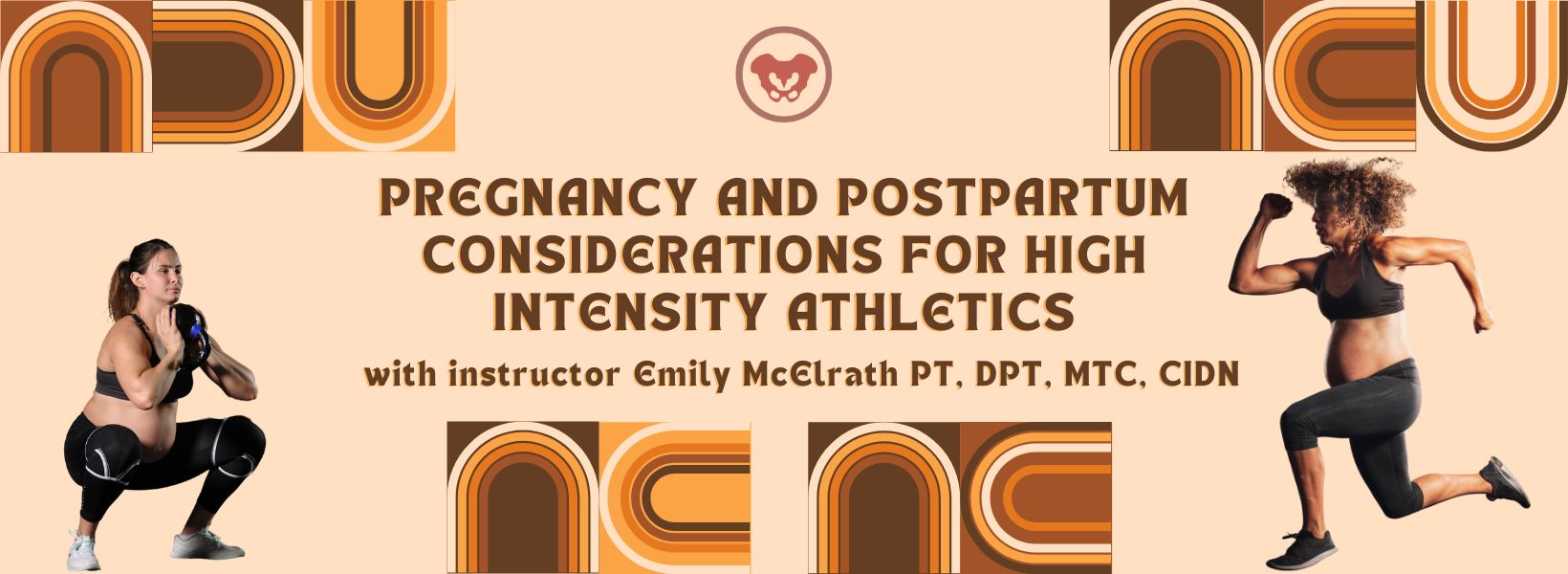
This week The Pelvic Rehab Report sat down with new faculty member, Emily McElrath PT, DPT, MTC, CIDN, to discuss her pelvic rehab journey and her new course, Pregnancy and Postpartum Considerations for High-Intensity Athletics. Emily is a native of New Orleans, is highly trained in Sports and Orthopedics, and has a passion for helping women achieve optimal sports performance. Emily is also certified in manual therapy and dry needling, which allows her to provide a wide range of treatment skills including joint and soft tissue mobilization. She is an avid runner and Crossfitter and has personal experience modifying these activities during pregnancy and postpartum.

Hi Emily! Can you tell us a little bit about yourself and your clinical practice?
My name is Emily McElrath, and I am an orthopedic and pelvic floor PT. I spent the early years of my career in sports medicine and primarily worked with high school and collegiate athletes, as well as weekend warriors. I myself am a distance runner and Crossfitter and have always had a love for sports. After the birth of my second child, I had a hard time returning to Crossfit due to significant pelvic floor dysfunction and pain. At that time, I became a pelvic floor patient and quickly realized how valuable this specialty was. This began my journey to becoming a pelvic PT.
Since that time almost 4 years ago, I have been blending my orthopedic and pelvic health knowledge and skillset to help women return to the sports they love without pain and pelvic floor dysfunction. My main goal as a clinician is to educate and empower my patients to feel in control of their own bodies, and to feel confident in daily and recreational activities.
What has your educational journey as a pelvic rehab therapist looked like and how did you get involved in the pelvic rehabilitation field?
It was really a matter of personal experience leading me to the field of pelvic health. I knew the specialty of pelvic health existed, but until I was a patient I did not truly appreciate how valuable it was. Seeing firsthand how significantly pelvic floor physical therapy could improve the quality of a patient’s life gave me a desire to become a pelvic PT. Once I got into my course work with Herman & Wallace, I realized that my background as an orthopedic PT would blend well with pelvic PT. It also gave me a lot of perspective into how significant of a role the pelvic floor plays in the entire kinetic chain. I would even say that my pelvic floor education has helped me be a more thorough orthopedic clinician. It has helped me think outside the box and enabled me to be more thorough in my critical thinking when evaluating patients.
What patient population do you find most rewarding in treating and why?
I have two patient populations that I find most rewarding. The first is HIIT athletes. I find this population so fun to work with. They are some of the most dedicated and compliant patients I have. Their love of their sport is often a driving force for them to get and stay healthy. Many of these athletes will even come to my clinic without having pain or dysfunction. They are strictly coming for education and prevention, which I love. After all, PTs as a profession are huge proponents of wellness and prevention. I also love teaching a patient that they can, in fact, continue doing exercises they may have been previously told were not safe to do during pregnancy or postpartum. Giving them hope that they can continue doing what they love after they were afraid they may not is very rewarding.
The second population I love working with is my childbirth prep patients. I LOVE education. I feel like these sessions really highlight that part of physical therapy. These sessions not only address any current concerns a patient is having but also provide education to give them the confidence to birth the way they want. I review everything from what to expect during labor, to different positions for pushing, and how to push. I even have partners come to the sessions so they can learn how to best support the patient during delivery. Hearing from patients that their birth experience was beautiful and just as they had hoped always gives me a lot of joy. I feel honored to be able to be a part of that journey.
What do you find is the most useful resource for your practice?
I find other practitioners the most valuable resource in my practice. There is so much that can be gained from collaborating with other pelvic PTs, doulas, midwives, OB/GYN, sex therapists, etc. Pelvic rehab is so multifaceted, that I believe it truly requires a collaborative approach to provide the best patient outcomes.
What books or articles have impacted you as a clinician?
There was a recent article that came out about the prevalence and significance of Levator Ani avulsion tears. This was an interesting article because I have seen this more and more clinically, but there is very little research on the matter. My favorite books as a clinician are: “The Body Keeps the Score”, “Come As You Are”, and “Pelvic Pain Explained”.
What lesson have you learned in a course, from an instructor, or from a colleague or mentor that has stayed with you?
I think the biggest thing I have learned is that the objective findings of our evaluations are only a small part of the puzzle. Pelvic rehab is an intimate type of physical therapy, and many of our patients may have had trauma that is still raw to them. If most of your evaluation is spent talking with the patients to ensure they feel comfortable, that’s ok. I have realized that it’s ok if I don’t get to every objective test and measure in the first session. In this line of work, patient comfort is most important. Building a rapport with your patient must take precedent.
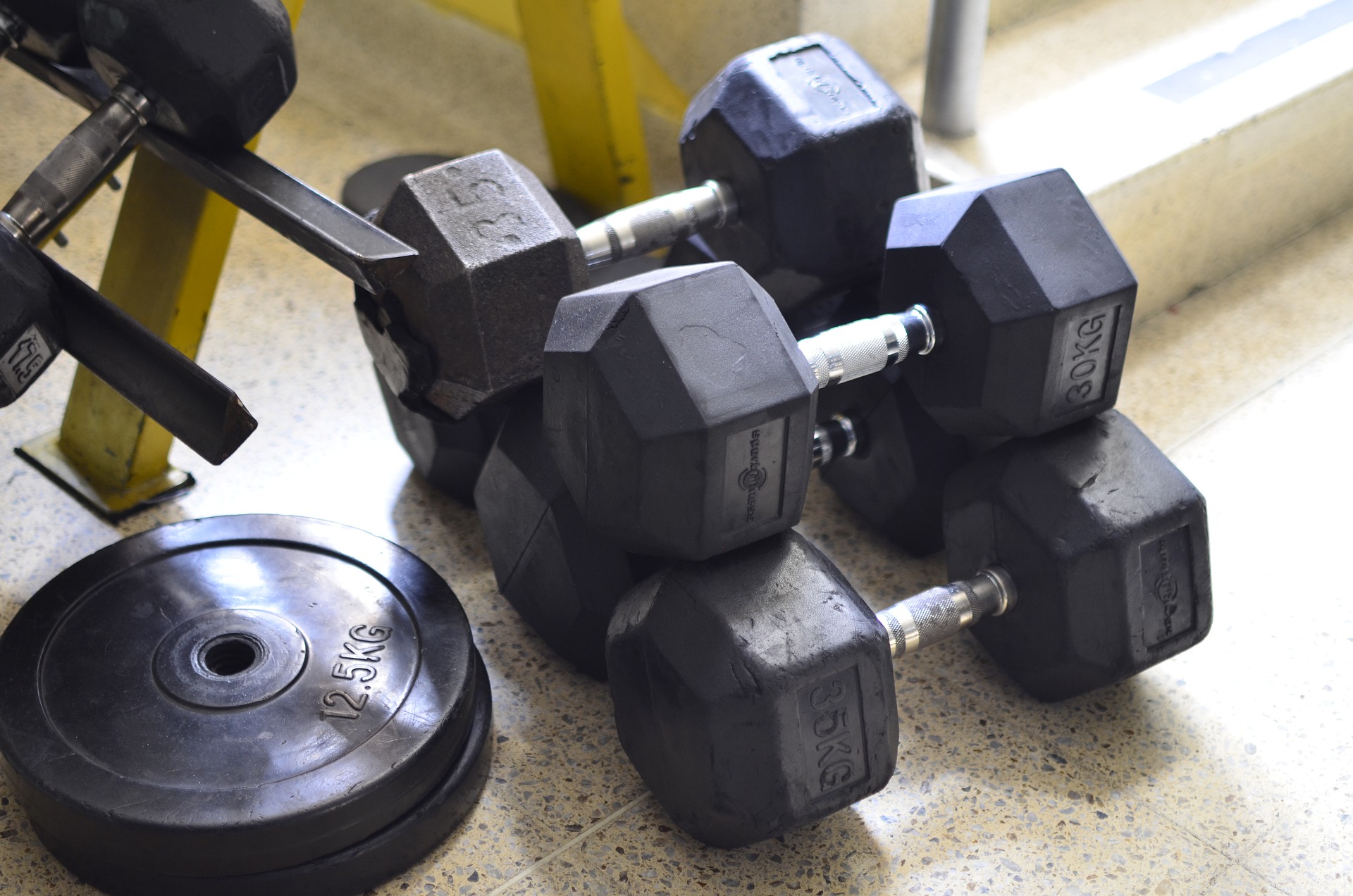
What made you want to create this course, Pregnancy and Postpartum Considerations for High-Intensity Athletics?
I wanted to create this course because I saw a need in the Crossfit community for more education on how to safely train pregnant and postpartum athletes, and I feel physical therapy is a great place to start, after all, PTs are experts in the musculoskeletal system. We are seeing more and more of these HIIT athletes becoming moms and wanting to maintain their athleticism throughout pregnancy & postpartum, and I think that’s great!
With that being said, I think there are nuances to training this athletic population. There are so many hormonal, anatomical, and structural changes to consider during pregnancy & postpartum, and that may affect how well an athlete can tolerate strain. However, most of these changes are not contraindications to training. Therefore, we as rehab practitioners and physical therapists need to fully understand the demands of HIIT, as well as the specific considerations for this population so that we can keep them safely and effectively doing what they love.
What need does your course fill in the field of pelvic rehabilitation?
By and large, people do not fully understand the demands of HIIT activities like Crossfit unless they personally partake in these activities. This includes healthcare professionals like physical therapists. However, many of our pregnant and postpartum athletes will require the care of a PT (especially pelvic) at some point throughout their pregnancy, and postpartum journey.
My course, Pregnancy and Postpartum Considerations for High-Intensity Athletics bridges the gap between education and experience, for those healthcare professionals who do not personally participate in HIIT to understand the demands of the sport. It also helps those physical therapists who do not specialize in pelvic health to understand the unique demands of this athlete population from a pelvic health perspective.
Who, what demographic, would benefit from your course?
Any PT, PTA, PT student, OT, COTA, or OT student who is looking to better understand the demands of HIIT, the special considerations for pregnant and postpartum athletes who participate in HIIT, and how to safely train and treat these athletes to help them continue to do what they love.
If you could get a message out to physical therapists about pelvic rehab what would it be?
Oh man, where do I start? There are so many things I want to shout from the mountain tops about pelvic PT. It truly is a gem in the field of physical therapy, and I think is often a missing link in traditional physical therapy care. Pelvic rehab is so much more than urinary leakage and kegels. It can be so impactful to the quality of life of a patient. There is no other area of the body that is critical to so many functions but is also so vastly overlooked and undertreated. The need for research, education, and development in this field is critical if we are going to have a true “whole body” approach to treatment.
Join H&W and Emily McElrath on May 21st to learn more about this patient demographic in Pregnancy and Postpartum Considerations for High-Intensity Athletics






















